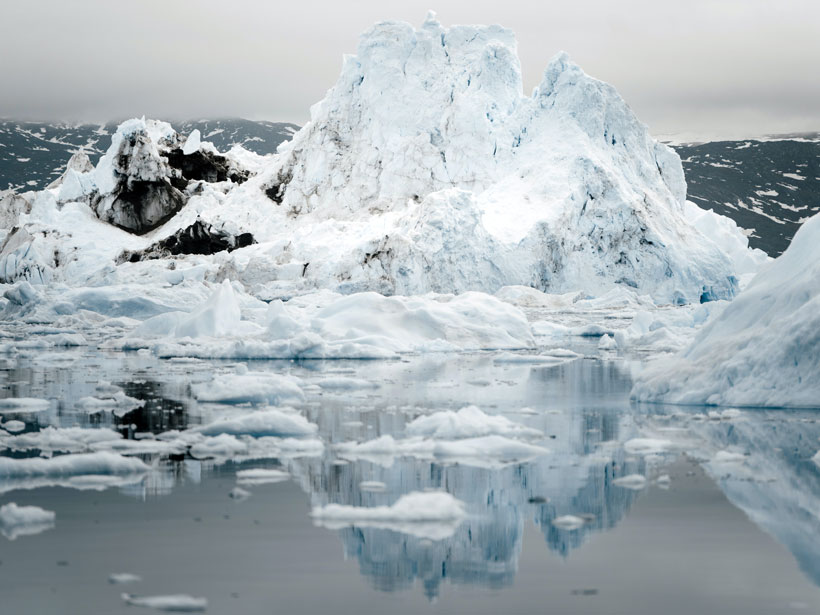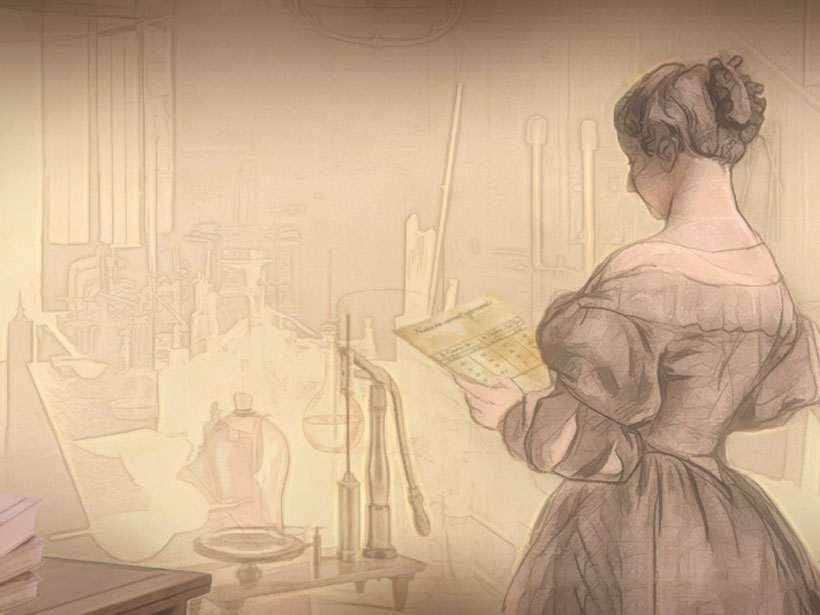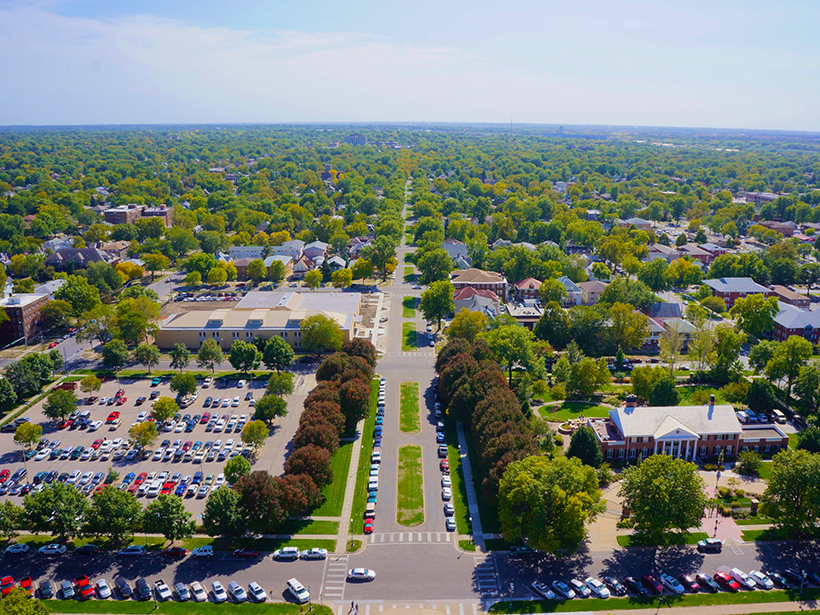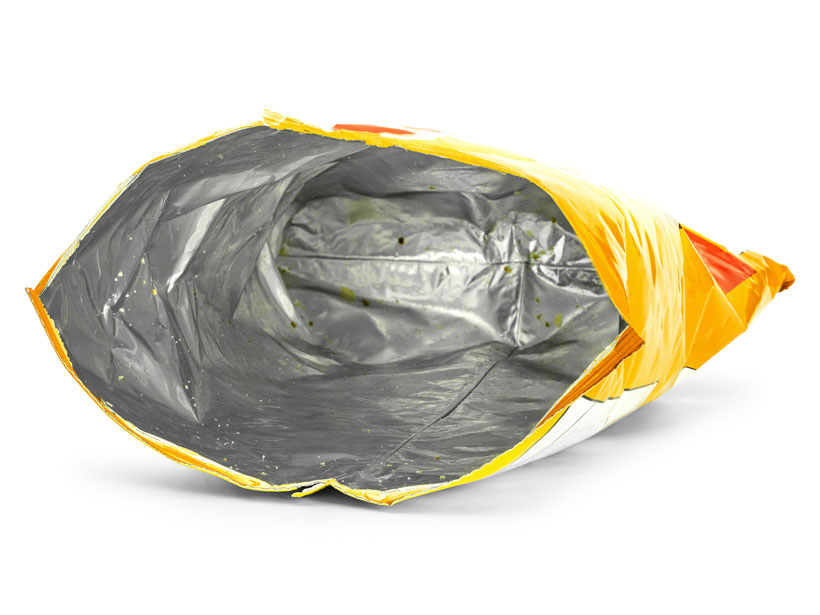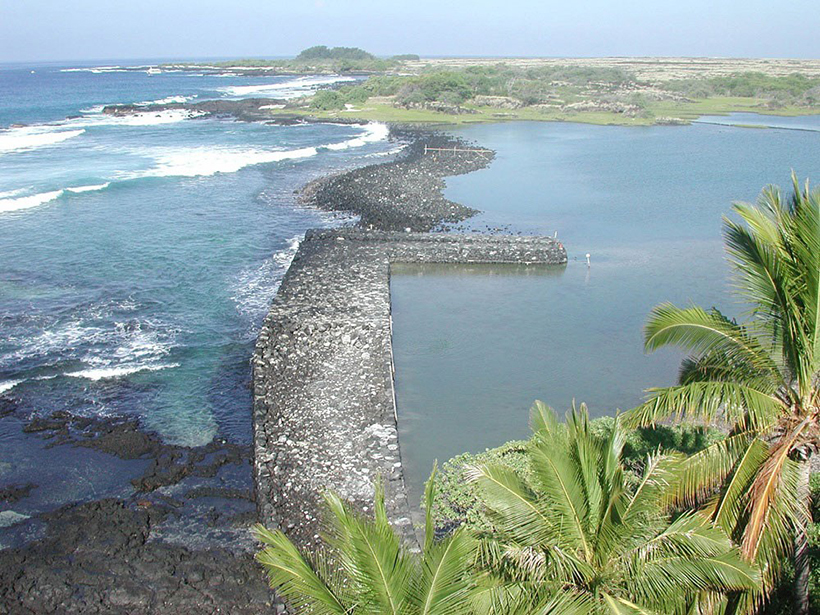Researchers find that the key players in nitrification may already be known.
News
Unprecedented Clear Skies Drove Remarkable Melting in Greenland
Scientists are concerned that current climate models do not fully account for the impact of atmospheric conditions on the Greenland Ice Sheet and, consequently, may dramatically underestimate melting.
Great Lakes Cities’ Sewer Designs Mean Waste in the Waters
In older cities, a single system of pipes may transport sewage and stormwater runoff. As the climate crisis brings more intense storms, urban areas like Toronto are overhauling their drainage systems.
This Week: Antique Climate Science and Brand-New Broken Comets
What Earth and space science stories are we recommending this week?
Geoscientists Help Map the Pandemic
Data visualization and mapping are valuable tools in the fight against COVID-19. Geoscientists can help healthcare workers and shape public policy.
Una Guerra Nuclear Podría Generar un “Niño Nuclear”
Una sacudida al sistema climático provista por una guerra nuclear podría provocar un fenómeno de el Niño como nunca habíamos visto.
Tear, Don’t Cut, to Reduce Microplastics
Laboratory experiments reveal the numbers and types of microplastics produced by tearing, scissoring, and cutting everyday items.
The Coronavirus Hurts Some of Science’s Most Vulnerable
Early-career researchers hang in the balance of coronavirus uncertainty.
Groundwater Is the “Hidden Connection” Between Land and Sea
The importance of fresh groundwater to coastal ecosystems is revealed using the first computer model at a global scale.
La Contaminación del Aire Puede Empeorar la Tasa de Mortalidad por COVID-19
Científicos descubren que condados altamente contaminados en los Estados Unidos tendrán una tasa de mortalidad por COVID19 4.5 veces más grande que aquellos condados similares.


